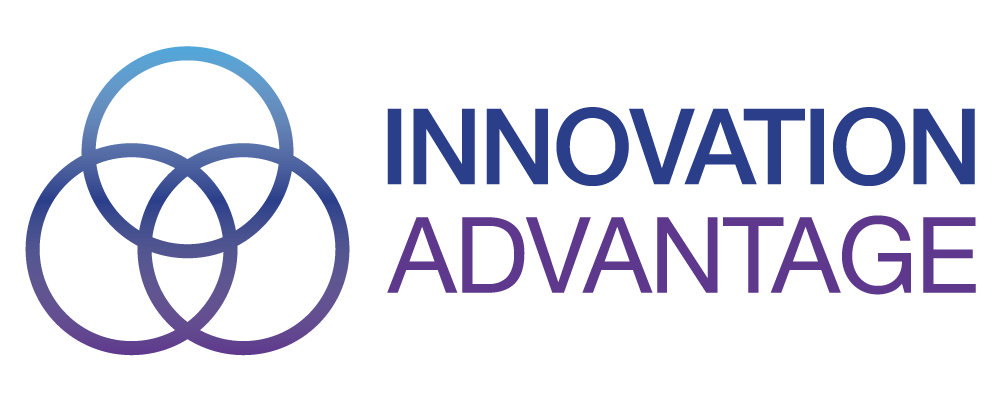The Safety Benefits Virtual Nursing Care Models Have on Nurses and Patients
In today’s rapidly evolving healthcare landscape, the integration of technology has revolutionized the way we approach patient care. Virtual nursing (VN) is at the forefront of this transformation, generally offering two models that provide unique benefits to care teams and patients: the ADT (admission, discharge, transfer) model and the Care Partner model. This blog post will explore these models, their impact on patient care, and the many safety benefits of virtual nursing.
The ADT Model: Streamlining Administrative Burden
The ADT (Admission, Discharge, and Transfer) model is today’s most prevalent virtual nursing care delivery approach. Its primary focus is offloading time-intensive administrative burdens, particularly documentation-related activities. In this model, VNs play a pivotal role in supporting all the direct care nurses on a unit (or across an organization) in tasks such as admission documentation with limited assessments, discharge documentation including patient education and medication reconciliation, and transfer documentation.
VNs excel at completing these tasks efficiently and accurately, thanks to their specialized skills and the ability to focus on the job. Unlike their on-site counterparts, VNs avoid the frequent distractions that direct care nurses often encounter. The tangible result is expedited documentation, which enhances nursing efficiency and improves overall throughput as incremental delays are minimized.
However, it’s essential to acknowledge that the ADT model may not be suitable for all patients. Factors such as hearing, sight, speech impairments, language barriers, or a patient’s reluctance to engage with virtual nursing can limit its viability.
The Care Partner Model: A Collaborative Approach
In the Care Partner model, VNs become integral care team members, working alongside on-site nurses as part of their care team along with the non-licensed personnel and serving as care team members to enhance patient care. Their responsibilities include various nursing functions, such as assisting with admission, discharge, transfer documentation, patient education, hourly rounding, and collaborating with healthcare providers.
Each organization may tailor the Care Partner model to suit its specific needs, as there are no standardized parameters for the safe and appropriate patient load for VNs in this model. However, it’s crucial to understand that the more responsibilities VNs take on, the greater the demand for their presence on the virtual care team, and the more VNs are needed to support this supportive role.
In practice, many organizations blend aspects of both models to cater to their unique requirements. Even in ADT-focused setups, VNs might be called upon to provide additional support, such as precepting or assisting the on-site team in other ways. This role can be incredibly versatile and is customizable for each organization.
Flexible Hours and Staffing
Virtual nursing care can be offered around the clock, 24/7, or on a customized schedule tailored to the organization’s needs. Some facilities opt for weekday coverage to navigate the bulk of admissions and discharges, while others provide virtual nursing care for 12 hours daily. Staffing levels for VNs are determined based on the organization’s specific requirements, ensuring optimal coverage.
Safety Benefits of Virtual Nursing
Virtual nursing care can potentially transform patient care and safety through innovative technology. Educating patients and their families about the virtual nursing model is essential. Patients should understand how their privacy will be protected when technology is utilized. Measures such as indicator lights on cameras to signal their active status, cameras pointing to the ground when not in use, and the assurance that camera footage is neither recorded nor stored for future use can help build trust.
Incorporating language into the Conditions of Admission indicating virtual nursing care is also crucial. Risk management departments often provide specific language for these documents to ensure compliance and patient consent.
Conclusion
The adoption of virtual nursing care is reshaping the healthcare landscape by streamlining administrative tasks, improving efficiency, and enhancing patient care. Whether following the ADT model or the Care Partner model, virtual nursing care has the potential to revolutionize patient safety and outcomes through the judicious use of technology. As the healthcare industry continues to evolve, virtual nursing is undoubtedly a critical and promising component of its future.

